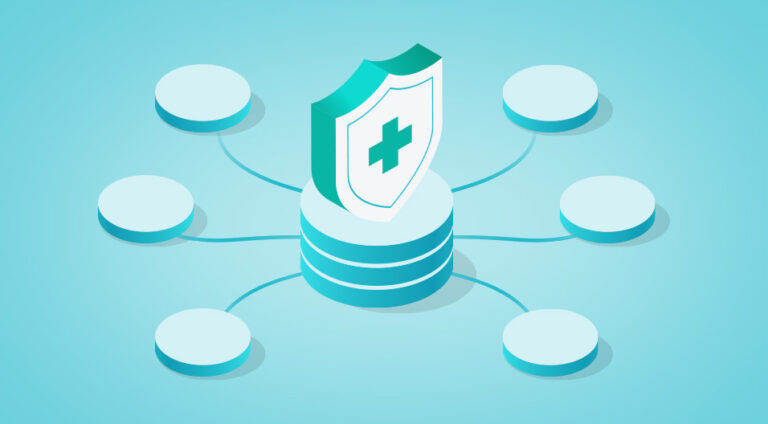So much has changed in healthcare and standing out to patients is harder than ever before. With consumer-centric trends at play, and no shortage of competition, leaders are looking to differentiate their health system and create that unique, connected experience patients want and expect across Pre-Care, Point-of-Care, and Post-Care.
What we know: there’s a correlation between the quality of communications with patients and their level of engagement. By improving communications and addressing gaps in the care loop, provider organizations can keep patients actively involved in their care plan and build their loyalty. That said, how can you know where communication gaps and fallouts are occurring? Where in the care loop are patients not engaging? Without the right tools to help make sense of the high volume of data, deriving actionable insights is a huge challenge.
What we also know: the key to a successful patient engagement strategy is real-time visibility into your performance as a health system. This means knowing where your strengths and weaknesses exist and how you’re performing across departments, locations, and over time. Ultimately, the ability to dig deeper into patient engagement data and find additional insights to deliver better outcomes and patient experiences is key.
Zooming in: Each Patient’s Data Story
As each patient navigates their care, we should be able to take what we’ve learned about them along the way and ensure it carries through every subsequent care encounter. Why does this matter? We shouldn’t have to ask patients to “reintroduce” themselves every time they see a new primary care doctor or specialist, for example.
More and more, patients are wanting their healthcare journey to be intuitive and frictionless, just like their experiences in other industries such as banking or travel. And when it comes to healthcare data visibility, care providers in any setting should have easy access into each patient’s complete health information history to better inform their conversations and provide more personalized care.

Zooming out: Larger Patient Populations
From a large patient population perspective, the right health information technology creates visibility of data across hundreds of thousands of individuals. Let’s say you sent 100,000 appointment reminders. Now you have real-time insight into the patient data and are able to answer key questions: Did this patient engagement platform reduce the number of no-shows? Out of the total number of calls your organization makes to patients, how many are reaching them?
Indeed, being able to take this wider view means that provider organizations can see, at any point, how the health information technology they have invested in benefits their bottom line and improves patient experience and outcomes overall.
CipherHealth delivers optimized insights through data analytics
With CipherHealth, your health system can access and close the data loop, get a more robust picture of your patients, and deliver better care in the long run. Take the following examples of data providing actionable insights across the care continuum:
- Pre-Care: Verify your automated message deliverability rates to patients via the EHR Activation Gateway. Community Health Network addressed blocked messages to patients and achieved a delivery rate of 98%.
- Point-of-Care: Review opportunity areas, issue resolution, status breakdowns and closed issues during patient rounding. With CipherRounds, Cone Health can see in real-time how patients respond to questions throughout their stay and how their responses change.
- Post-Care: Analyze post-visit and post-discharge outreach for single and multi-call programs. Armed with data from CipherOutreach, UC Irvine added voice calls to their SMS program and within a month, improved the number of patients engaged by 20 percent.
Of course, these represent a fraction of the type of patient engagement data and metrics available to be gleaned and acted on. With insights into how and when your patients are engaging with the platform, you can truly stop and measure what the value is to your health system.
Conclusion
Patients’ intake data and engagement preferences are key pieces of information that can help affect real clinical and operational improvements. Indeed, the data associated with each patient should travel with them through to all future touch points with your health system. That way, administrators and clinicians alike have instant access to the most up to date and accurate patient information possible. And health systems can leverage the analytics and data to make real-time decisions when they matter most.









